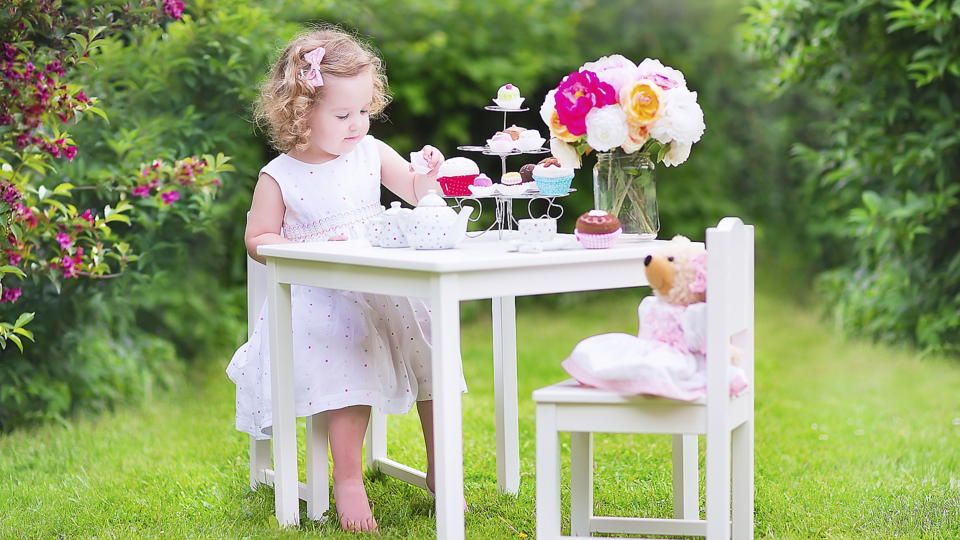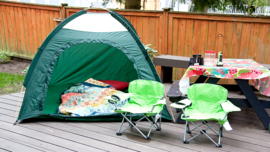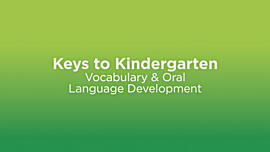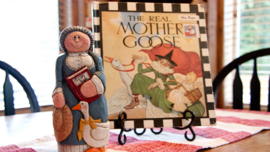Developing oral language through dramatic play

There is so much to be learned through dramatic play, especially when it comes to vocabulary and oral language development.
We often hear it said that play is the work of childhood. This is so true! Children are constantly using language as they play. As a teacher and a parent, it’s my job to think of ways to turn play into language-rich activities. Here are a few of my favorite ways for drawing children into a playful language-rich fun.
Storytelling through acting
Kids are natural storytellers. As we grow, I think we forget how to tell a story, eventually leading to older children who are frozen with fear when faced with a blank page. Storytelling should be a fun, easy and natural process. As your child plays, point out that they are telling an interesting story. Talk about the sequence their story has taken. Point out the activity they did first, next and last. Use those words as you talk, pointing out that this sequence of events creates a baseline for their story.
Recording stories during dramatic play adds an entirely new, and very exciting, dimension to the dramatic play experience. With video capabilities right on our phones, it's quick and easy to take a video of your child acting out a story, and they are able to watch the finished product right away. Videos can be taken of a rehearsed “show” or simply as the story is unfolding.
Storytelling through puppets and stuffed animals
Three of my favorite ways to tell stories are: making up your own story, retelling a familiar story, and making an adaptation of a familiar story.
For some children, and most adults, making up your own story is the hardest of these three ways to tell a story. Ask your child who the characters are going to be, where the story will take place, and what the problem is going to be. This will help them get started. For stories that drag on and on and on, suggesting a sequence of events may be helpful. Ask your child what will happen first, next, then, and finally in their story. By having these conversations about the story, you are infusing critical reading language into your child’s vocabulary. It is also helping to create a format for story telling, for kids who don’t know where to begin. Creating your own stories is also a terrific avenue for acting our scenarios to encourage social and emotional development. This is a great time to act out “what-if” scenarios with your child. Help your child practice meeting new friends in their brand new kindergarten classroom through the eyes of their stuffed animal.
Retelling familiar stories is a great way to get favorite books involved. Choose stuffed animals to represent the different characters and have your child start playing the different parts. This type of work creates an opportunity for dialog between characters, requires a child to think about the way a character is feeling, change their language and speaking voice to fit the character’s personality, and repeat story language embedded into the book. That’s hard work!
Adapting familiar stories is one of my favorite activities in the kindergarten classroom. We love retelling stories that we’ve heard, but I don’t always have the perfect stuffed animals or puppets that exactly match the story. In situations like this, we need to be flexible and make adaptations. In my classroom, we changed The Three Billy Goats Gruff into Two Billy Goats and Their Brother The Sheep. We only had two goat puppets, but adding a sheep to the mix created a whole new dimension, where the kids needed to address what happened to the third billy goat and how they adopted a sheep into their family. Our adaptation of a familiar story provided the backdrop for some wonderful literacy learning.
Making storytelling, through dramatic play, a part of everyday life doesn’t have to be hard. Think about the activities you and your child enjoy, as well as those activities you wish you could enjoy (like camping) but don’t always make the time for. These can be great springboards for dramatic play. Here are a few more ideas for dramatic play themes that your child might enjoy: restaurant, zoo, theater, vet’s office, post office, farmer’s market, or beach. The possibilities for dramatic play are endless.













